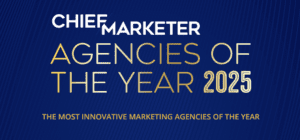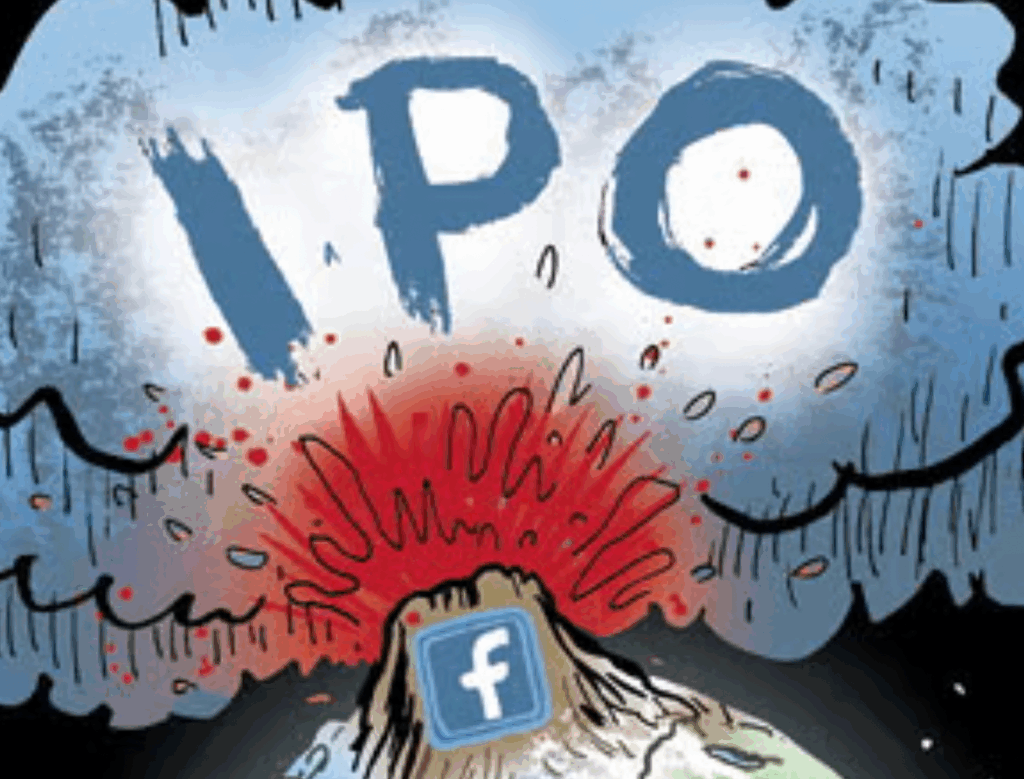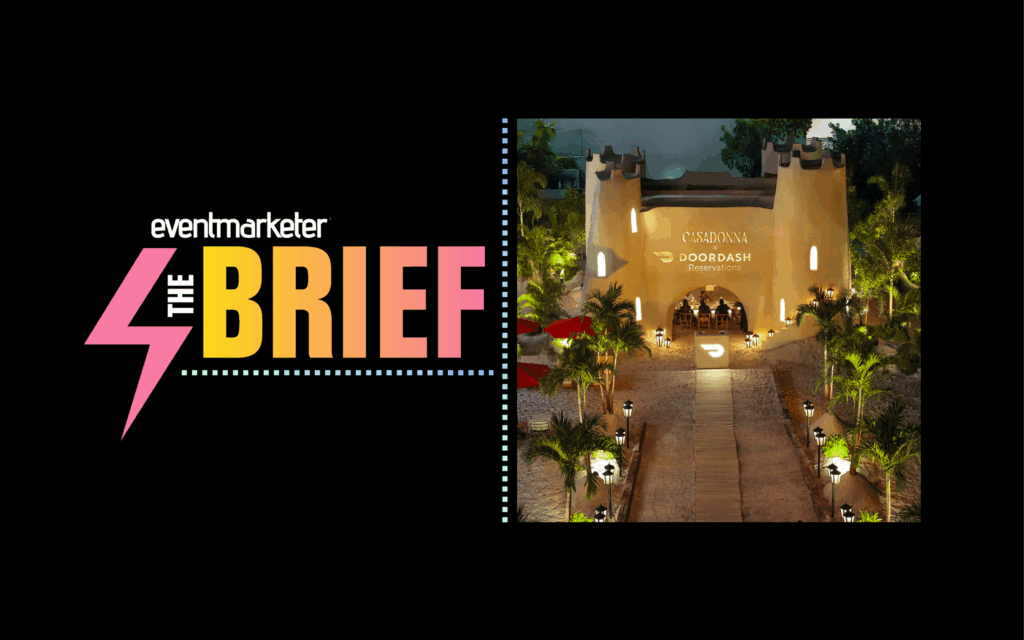Retail media is growing at a fast clip, with ad spend to grow nearly 20% in 2025 and to account for one in five of digital ad dollars this year, according to eMarketer estimates. And Chase Media wants in on this action.
RMNs Versus FMNs
Retail media networks (RMNs), which give digital advertisers access to a particular retailer’s first-party data for targeting purposes, range from large-scale networks offered by Amazon, Walmart and The Home Depot to platforms from grocery store chains like Kroger and Albertsons.
In 2024, financial institutions—including Chase—began to enter the scene and create their own ad networks, known as financial media networks, or FMNs. The advantage of a network in the consumer bank category: its knowledge of shopper purchasing patterns across various retailers and other businesses.
“Because Chase sees all spend and we understand where consumers are more prone to be spending and their shopping habits, we are able to work with certain brands in that way,” said Katie Kelley, head of marketing for Chase Media Solutions.
About 67 million consumers are digitally active on Chase’s digital bank platform and are visiting its app multiple times a month, she said.
“We understand the different milestones within the consumer’s life and what’s relevant to them,” Kelley said. “And we’re able to use those to create really interesting campaigns that reach specific audiences.”
Chase Brings Chase Offers In House
Chase launched its media network in April 2024 as its own in-house operation. This is an evolution of its “Offers” program, which a third-party has operated since 2018. The company now runs the media network in-house, offering cash back to Chase cardholders in categories including groceries, restaurants, fuel, shopping, travel, home, entertainment and health.
For the most part, Chase displays the Offers in its app and on its website. It also promotes Chase Offers via its twice-monthly email with cardholders, during marketing events and at branch locations, Kelley said.
Kelley would not disclose how many brands advertise on its network, but said Chase is adding more brands every month. The platform generates 800 million Offer views each month on average, according to Chase. In a recent check of the Chase Offers section, about 70 were available. The number of offers varies by cardholder, according to the company, and are continually updated.
Upping Engagement With Personalization
The network aims to drive further engagement with Offers by displaying more curated promotions personalized to each shopper. For example, if a consumer books a flight with her Chase card, Chase will surface restaurant or hotel promotions in the city where she booked her trip. So far, the strategy is working, Kelley said.
“We’re seeing that more and more people are activating and redeeming offers and driving the amount of cash back that we have, and we’re delivering that value back to them in the form of statement credits,” she said.
Chase’s Differentiator
Because the Chase Offer is tied to a shopper’s credit card, the bank can attribute the sale no matter if a shopper makes a purchase in store or online. This is Chase Media Solutions’ big differentiating factor, unlike other media networks where attribution might be less direct, Kelley said.
“As we think about traditional marketing efforts, brands are paying for clicks and impressions without really being able to track sales or in-store visits,” she said. “With our solution… you can accurately measure our campaigns because we’re connecting offers to customers and tracing that back to an actual purchase.”
Chase’s depth of spending data also allows the bank to confidently target a brand’s intended audience, such as new, lapsed or loyal customers.
Depending on the category, return on ad spend ranges from $5:$1 to $25:$1, Kelley said. Everyday spend is a popular category with cardholders because shoppers are using their cards each day.
“You can really start to understand working with us, the power of some of the discretionary spending habits of your customer, how they’re working across multiple brands and just their overall purchasing power—and with that able to develop really compelling and effective campaigns,” Kelley said.
Campaign Case Studies
One recent successful campaign included a 30-day activation with airline Air Canada. The airline targeted consumers who had no purchase history with Air Canada within the past year. The campaign had a minimum spending requirement to encourage shoppers to make a large purchase. According to Chase, the campaign drove $2.3 million in incremental spend from 80% new customers.
In another campaign, outdoor campfire brand Solo Stove targeted Chase Sapphire cardholders, one of the bank’s most premium portfolios, and also had a minimum spending requirement. Its campaign drove $300,000 in incremental sales and 94% new customer transactions, according to Chase.
Credibility and Scale
Another differentiating factor is Chase’s credibility in the market, Kelley said. Chase’s massive sale and diligence with data security and privacy practices can be an advantage.
“Because we are a bank, we are a trusted platform for both brands and consumers, and we are backed by that security and trust of being the largest U.S. bank,” Kelley said. “We do believe in strong partnerships with the brands that we’re working with, and it’s all built around trust with each other.”
Going forward, Chase will look for ways to optimize the types of campaigns it has available to brands, such as video, but only if its additive and not intrusive, Kelley said.
“We serve a very specific purpose for our customers, and we aren’t trying to get too cute or frivolous in what we’re doing,” Kelley said. “We want to stay really focused on the value delivery.”








